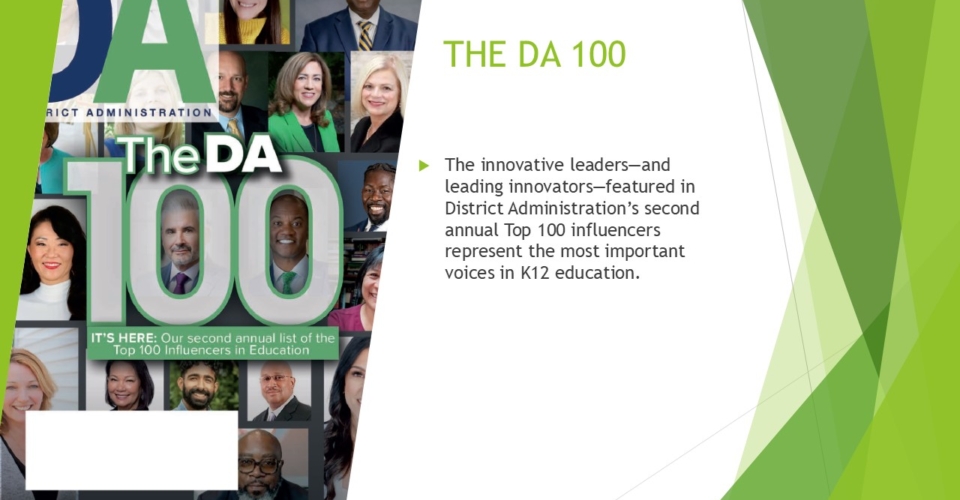Summer break often brings to light the very skills we aim to cultivate in our students for 21st-century readiness.
While some of our most challenging students might not be in a traditional classroom over the summer, they’re often honing abilities like:
- Critical thinking: Debating the greatest basketball player of all time—LeBron James or Michael Jordan?
- Problem-solving: Playing video games that require algorithmic thinking and strategy.
- Perseverance: Working countless hours as contributing breadwinners to their families.
- Communication: Students translating for their parents while teaching themselves concepts that are unfamiliar to their families.
In each of these examples, students’ toughness is measured in their perseverance related to a goal. These real-world applications of skills demonstrate an innate toughness and resourcefulness that are often underutilized and can be powerful assets in the academic setting.
Redefining toughness in education
If we expand our view of toughness to go beyond physical capabilities and recognize these universal characteristics—knowledge, skills and resilience—it becomes clear: all students are tough at something, they just might not know about it.
Instead of viewing the behaviors of our “challenging” students through a deficit lens, imagine if we could help teachers see their innate abilities as a springboard for academic growth.
The beginning of the school year offers a critical window to facilitate this shift in mindset. By designing classroom activities that highlight the transferability of these real-world skills, administrators can use back-to-school meetings to empower teachers to:
- Think beyond deficits: Instead of focusing on what “challenging” students lack, let’s look for their inherent toughness, resilience and real-world problem-solving skills.
- Recognize innate strengths: Our students possess powerful strengths from their lives outside of school. Back-to-school activities are a prime opportunity to help teachers identify and value these.
- Channel real-world determination: Imagine transforming a student’s passion for video games into a drive for science, technology, engineering and mathematics inquiry learning. We can guide teachers to make these powerful connections.
Beyond traditional “getting-to-know-you” activities
While get-to-know-you activities may seem like a way to build culture, they can further disenfranchise students. Take, for instance, the answers inherent in the question, “What did you do this summer?”
Some students will have traveled locally, nationally and perhaps internationally to exotic locations; others may have spent their summer working to help support their families, caring for younger siblings, attending summer school to catch up or simply staying at home with limited access to enriching activities or experiences.
Such disparities, highlighted by seemingly innocuous activities, underscore a deeper truth: Creating equity in schools is as much about access to the curriculum as it is about integration into a culture of learning. Teachers can create easier access to learning by helping students bridge their innate toughness to the school setting with activities like these:
- My learning superpower: Ask students to reflect on how they learn best. Do they prefer visual aids, hands-on activities, discussions or individual work? What helps them understand new concepts?
- My personal brand: Ask students to describe themselves in one word or a short phrase that they feel encapsulates their personality and what they bring to school.
Tips for successful “get-to-know-you” activities
With the potential challenges of reframing mindsets for teachers and students alike, ensure beginning-of-the-year activities are as effective and engaging as they are enlightening:
- Model first: Always share your own answers to the activity first to show vulnerability and set the tone.
- Emphasize “No Right or Wrong Answers:” Reinforce that everyone’s experiences and interests are valid.
- Provide options for sharing: Some students prefer to draw, others to write, some to speak. Offer choices.
- Keep it brief and varied: Don’t spend too long on one activity. Mix them up throughout the first few days and continue with them for several weeks.
- Connect to classroom culture: Explain how these activities help build a positive and inclusive learning environment.
In spite of the best culture-building activities during the first few days of school, our instructional design either invites or closes the door to student participation. A key feature of curricular design is to use the skills and abilities as a bridge between students’ lived experiences and learning new content.
Tips for more engaged learning
- Engage: Create predictable classroom routines where new lessons are always initiated by asking for students’ ideas, experiences and connections to the topics.
- Frameworks for understanding: Create organizational structures to help students make sense of existing and new ideas and the abilities and skills they bring to class that connect to topics.
- Help establish the links that create the chain: Explicitly help students establish connections between their innate toughness and the topics in class. This process not only validates students’ lived experiences but also strengthens their sense of belonging, academic efficacy and learning new content.
- Promote reflection: Offer students ongoing and ample opportunities to think about their developing understanding and how their innate toughness can support new ideas.
- Aligning toughness with modern educational standards: Holding an expanded definition of toughness mirrors precisely what modern education standards demand, where deep conceptual understanding, learning by doing and the ability to transfer knowledge and skills are the ultimate goals (McTighe and Wiggins, 2005).
References:
Wiggins, G., & McTighe, J. (2005). Understanding by Design (Expanded 2nd ed.). Alexandria, VA: Association for Supervision and Curriculum Development.
Worried about cheating? Research finds new risks posed by AI
Find your next story in our slideshow



